Introduction
Fried vegetarian chicken, often referred to as “mock chicken” or “vegan chicken,” has become a staple in plant-based kitchens worldwide. This dish mimics the texture and flavor of traditional fried chicken but is entirely meat-free, relying on ingredients like soy protein, wheat gluten, or mushrooms to recreate the familiar chew and crispiness. Whether you’re a vegan, vegetarian, or simply curious about plant-based alternatives, mastering this recipe opens doors to guilt-free indulgence. This article will guide you through selecting ingredients, preparing the “chicken,” and achieving that coveted golden-brown crunch. We’ll explore techniques to elevate the dish, troubleshoot common pitfalls, and even suggest creative twists to suit your palate. By the end, you’ll have the knowledge to impress friends and family with a dish that proves plant-based cooking is anything but boring.
Understanding the Base Ingredient: Vegetarian Chicken Substitutes
The foundation of great fried vegetarian chicken lies in choosing the right substitute. Common options include:
- Soy-Based Products: Textured vegetable protein (TVP) or soy curls, which absorb flavors well and offer a meaty texture.
- Seitan (Wheat Gluten): A high-protein option with a dense, chewy texture similar to chicken.
- Oyster Mushrooms: Their fibrous structure and ability to hold shape make them a natural fit for “mock meat.”
- Store-Bought Vegan Chicken: Pre-made alternatives like Gardein or Quorn, which save time but may lack customization.
For this recipe, we’ll focus on seitan due to its versatility and meat-like consistency. However, feel free to adapt the method to your preferred substitute.
Ingredients You’ll Need
For the Vegetarian Chicken:
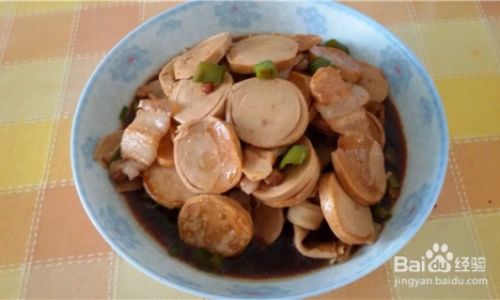
- 2 cups seitan (homemade or store-bought), cut into nugget-sized pieces
- 1 cup unsweetened plant-based milk (soy, almond, or oat)
- 1 tbsp apple cider vinegar (to create a buttermilk-like base)
- 1 tsp smoked paprika
- 1 tsp garlic powder
- 1 tsp onion powder
- 1 tsp salt
- 1 tsp black pepper
For the Coating:
- 1 cup all-purpose flour (or gluten-free flour for a wheat-free option)
- ½ cup cornstarch (for extra crispiness)
- 1 tsp baking powder
- 1 tsp paprika
- 1 tsp dried thyme
- 1 tsp dried oregano
- ½ tsp cayenne pepper (adjust to taste)
- 1 tsp salt
- 1 tsp black pepper
- 1 cup cold sparkling water (or seltzer)
For Frying:
- 2-3 cups vegetable oil (peanut, canola, or sunflower oil for high heat)
Optional Additions:
- ¼ cup nutritional yeast (for umami flavor)
- 1 tbsp hot sauce (added to the marinade for heat)
- 1 cup panko breadcrumbs (mixed into the coating for added crunch)
Step 1: Preparing the Vegetarian Chicken
If using store-bought seitan, pat it dry with paper towels to remove excess moisture. For homemade seitan, ensure it’s cooked and cooled before cutting. Smaller pieces (about 1.5 inches) will cook evenly and mimic chicken nuggets.
Step 2: Marinating for Flavor
In a large bowl, whisk together the plant-based milk and apple cider vinegar. This creates a vegan “buttermilk” that tenderizes the seitan and infuses flavor. Add the smoked paprika, garlic powder, onion powder, salt, and pepper. Submerge the seitan pieces in the marinade, ensuring they’re fully coated. Cover and refrigerate for at least 30 minutes (or up to 4 hours for deeper flavor). Marinating is crucial—it softens the seitan and allows the spices to penetrate.
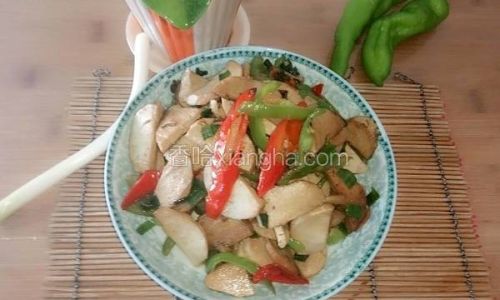
Step 3: Creating the Perfect Coating
The coating is where the magic happens. In a separate bowl, combine the flour, cornstarch, baking powder, paprika, thyme, oregano, cayenne, salt, and pepper. Baking powder adds airiness, while cornstarch ensures a shatteringly crisp crust. For a gluten-free option, substitute the flour with a 1:1 blend of rice flour and tapioca starch.
Gradually whisk in the cold sparkling water until the mixture resembles pancake batter—thick enough to cling to the seitan but not gloppy. The carbonation in the water creates light, bubbly pockets during frying, resulting in a crunchier texture.
Step 4: The Double-Dip Technique
For an extra-crispy coating, use the “double-dip” method:
- Remove a seitan piece from the marinade, letting excess drip off.
- Dredge it in the dry coating mixture, pressing gently to adhere.
- Dip it back into the marinade, then into the coating again.
- Place the coated piece on a parchment-lined tray. Repeat with all pieces.
This technique builds a thick, layered crust that shatters beautifully when bitten.
Step 5: Frying to Perfection
Heat the oil in a deep skillet or Dutch oven to 350°F (175°C). Use a thermometer to maintain temperature—too low, and the coating absorbs oil; too high, and it burns.

Fry the seitan in batches, avoiding overcrowding (this lowers the oil temperature and causes sogginess). Cook for 3-4 minutes per side until golden brown. Transfer to a wire rack set over paper towels to drain. This prevents the bottom from getting soggy.
Step 6: Serving Suggestions
Fried vegetarian chicken is incredibly versatile. Serve it:
- With classic dipping sauces: BBQ, ranch, honey mustard, or buffalo.
- On a salad with greens, cherry tomatoes, and avocado.
- In a sandwich with lettuce, tomato, and vegan mayo.
- As a party appetizer with a side of pickles and celery sticks.
Pro Tips for Success
- Temperature Control: Maintain oil at 350°F. Use a clip-on thermometer for accuracy.
- Resting Time: Let the fried pieces rest for 5 minutes after frying—the steam escapes, leaving the coating crisp.
- Batch Cooking: Fry no more than 4-5 pieces at a time to prevent temperature drops.
- Gluten-Free Option: Use chickpea flour and aquafaba (chickpea brine) as a binder.
Troubleshooting Common Issues
- Soggy Coating: Ensure oil is hot enough, and avoid overcrowding the pan.
- Bland Flavor: Increase spices in the marinade or add a dash of soy sauce.
- Burnt Exterior: Lower the heat slightly and monitor frying time.
Healthier Alternatives
For a lighter version, bake the coated seitan at 425°F (220°C) for 20-25 minutes, flipping halfway. While it won’t match the fried texture, it’s a decent compromise. Air fryers also work well—spray the pieces with oil and cook at 375°F (190°C) for 12-15 minutes.
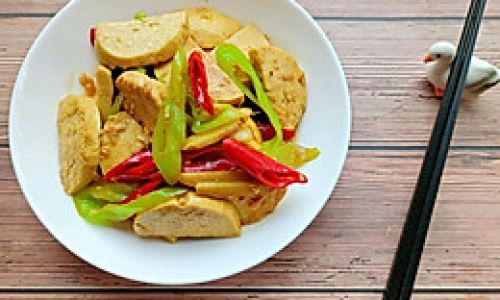
Exploring Global Flavors
- Spicy Korean: Add gochujang to the marinade and serve with kimchi.
- Italian-Style: Toss fried pieces in garlic butter and fresh parsley.
- Cajun Twist: Use Cajun seasoning in the coating and pair with remoulade.
Conclusion
Fried vegetarian chicken is a testament to the creativity of plant-based cooking. With the right techniques, it rivals its meat counterpart in texture and flavor. By mastering the marinade, coating, and frying process, you’ll unlock endless possibilities for meals and snacks. Whether you’re catering to dietary restrictions or simply craving a crispy treat, this recipe proves that comfort food can be both indulgent and compassionate. Experiment with spices, sauces, and sides to make it your own—and don’t be surprised if even meat-eaters ask for seconds. Happy cooking!


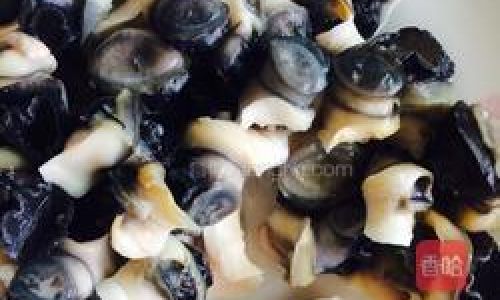
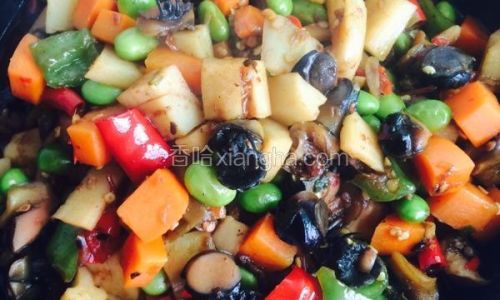

0 comments